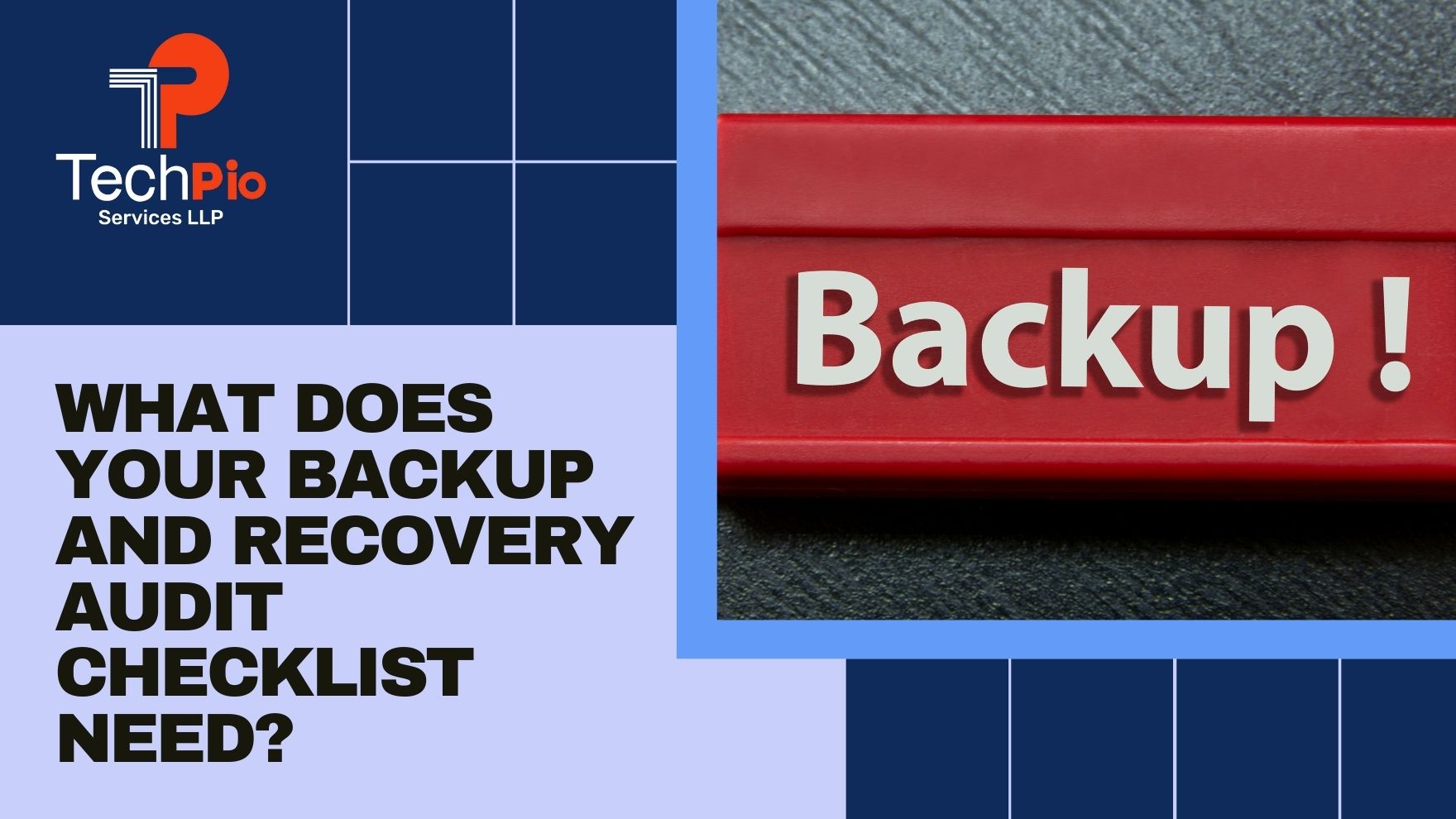
We live in an era where data is more valuable than ever. Every day, businesses generate and store massive amounts of data that are crucial for their operations.Therefore, having a robust data backup and recovery system in place is essential to protect against data loss and ensure business continuity.
However, creating a backup and recovery audit checklist can be a daunting task.
Why is a Backup and Recovery Audit Checklist Important?
A backup and recovery audit checklist acts as a roadmap to assess the effectiveness of your backup and recovery strategy. Without a proper checklist, it’s easy to overlook critical aspects, leaving your data vulnerable in the face of disasters or cyberattacks.
By conducting regular audits, you can identify any shortcomings or weaknesses in your backup and recovery procedures and take appropriate measures to mitigate them.
10 Key Components of a Backup and Recovery Audit Checklist
- Document Your Backup Strategy: Start by documenting your backup strategy clearly, including the frequency of backups, storage locations, and types of data being backed up.
This information will serve as the foundation for your audit checklist. - Test Restoration Procedures: Regularly test the restoration of backup data to ensure its integrity and completeness.This step will help identify any errors or issues with the restoration process and allow you to refine your recovery procedures as needed.
- Review Backup System Configurations : Review and verify the configurations of your backup systems, such as backup schedules, retention policies, and encryption settings.
This ensures that your backup system is aligned with your business requirements and complies with security standards. - Assess Offsite Data Storage: Verify that your backup data is being stored securely offsite. Assess the physical security measures, redundancy, and access controls of the backup storage facility.
It is essential to protect your data from both technical failures and physical incidents like fire or theft. - Evaluate Disaster Recovery Plan: Assess the adequacy of your disaster recovery plan (DRP) and its alignment with your backup strategy.
A comprehensive DRP should include step-by-step procedures, personnel responsibilities, communication plans, and regularly scheduled drills to ensure everyone is familiar with the recovery process. - Analyze Backup Logs: Regularly analyze the logs generated by your backup system. These logs provide valuable insights into the backup process, including successes, failures, and any irregularities.By identifying and addressing recurring backup failures or warnings, you can enhance the reliability of your backup system.
- Check Patch and Update Management: Ensure that your backup system and associated software are up to date with the latest security patches and updates. Regularly check for vulnerabilities and apply patches promptly to prevent potential breaches or system malfunctions.
- Review Security Measures: Confirm that your backup data and systems are adequately protected. Implement data encryption and access controls to ensure that only authorized personnel can access and restore the data.Regularly assess the effectiveness of your security measures and make necessary improvements.
- Train Employees on Backup Procedures: Regularly train and educate employees on backup and recovery procedures. They should understand their roles and responsibilities in the event of a data loss incident. Consider conducting simulated recovery exercises to test their preparedness.
- Perform Regular Security Audits: Regularly conduct thorough security audits to identify any potential vulnerabilities in your backup and recovery systems. Engage independent auditors or hire qualified professionals to assess your infrastructure’s security rigorously.
Conclusion
A comprehensive backup and recovery audit checklist is vital for ensuring the effectiveness and reliability of your backup system.
By covering key components such as documenting your backup strategy, testing restoration procedures, reviewing configurations, and analyzing logs, you can identify any gaps or weaknesses in your backup process and take proactive measures to enhance your data protection.
Remember, regular audits and improvements are essential to safeguard your sensitive data and maintain business continuity.
